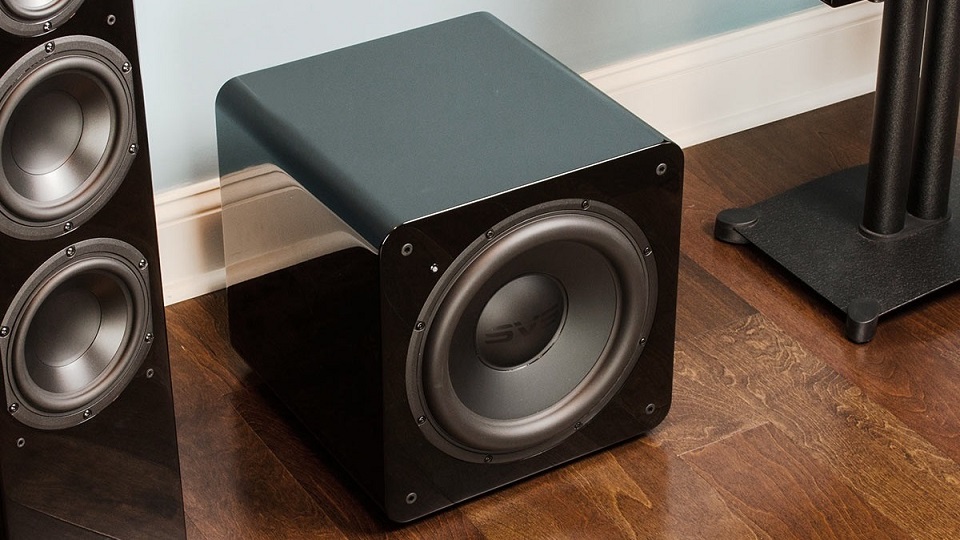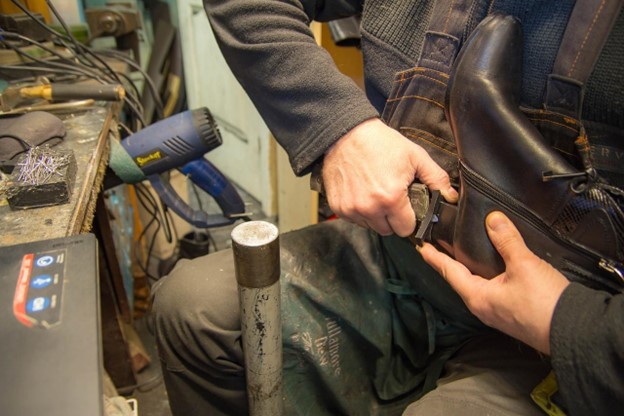A subwoofer is a valuable asset to add to your home theater system. It will add quality to the audio output as well as optimize sound. However, buying a home theater subwoofer is not a walk in the park with so many factors to consider.
They are so many subwoofers out there, and there is not enough information to help you decide. With manufacturers eager to make a sale and misinformation flooding the market, it is very easy to get lost and buy the wrong subwoofer.
How then do you make sure you buy the best subwoofer for your home system? Here are a few factors that will guide you;
1) The Channels Included
Any subwoofer should have at least one subwoofer and satellite speakers. The number of channels included is indicated in any subwoofer. The most common channel configuration ranges from 2.1 to 5.0.
To understand this, you need to understand the meaning of the numbers. If a subwoofer is marked 3.1, it means it has one subwoofer and three satellite speakers. Most of the best subwoofers have more than two channels.
2) Wired or wireless subwoofers
Gone are the days when every gadget needed a cable to get connected. With the current technology, users can connect their devices remotely. For the wireless subwoofers, you need to have the latest Bluetooth technology to enjoy music smoothly.
You also need to verify if the Bluetooth technology is compatible with your home theater. The older versions of home theaters are harder to connect than the most recent ones.
On the other hand, wired subwoofers are efficient, and you are always guaranteed minimum interruptions. They are also cheaper compared to wireless subwoofers. However, they can be cumbersome to move around, and the wires can easily cause tripping.
3) Size
When you mention subwoofers, most people see them as those big boxes. There is nothing wrong with that as most subwoofers are big. However, using the latest technology, we see smaller subwoofers, which are as powerful as the big ones.
When you are out shopping for a subwoofer, it is essential first to know the space you have. If you have a big space, you can go for a big subwoofer, but you have limited space, go for the smaller subwoofers.
The bigger the subwoofers, the more power it will require. Thus, before you purchase the subwoofer, know if the home theater will be able to feed the subwoofer comfortably.
4) Power capabilities
This is an essential aspect as your home theatre should have enough power to feed the subwoofers. Different subwoofers require different power input. It is paramount to know if the home theater can meet the power capacity of the subwoofer. Since not all subwoofers receive the same amount of power, you should check this for optimal sound quality.
Some subwoofers have their in-built amplifiers. In this case, you don’t need to match it with the home theater as the amplifier will do the job for you. This kind doesn’t need additional receiver power from the home system.
5) Peak Music Power Output
The peak music power output (PMPO) is critical in any subwoofer. It indicates the maximum power output of the subwoofer. Usually measured in Watts, and in perfect conditions, it is meant to show the perfection of the subwoofer. However, setting it for this ideal condition is tricky, especially in a home set up. The critical point to note here is, the higher the PMPO, the louder the subwoofer and the costlier it is.
6) Sealed or vented
There are usually two types of enclosures when it comes to subwoofers. There is the sealed that has all the box tightly closed. Then there is the those with vents, which has some openings in the enclosure. In a nutshell, the sealed box will produce clear audio while the vented produce powerful sound.
The physics behind this is elementary; for the sealed boxes, there is no air moving in and out; hence the sound is tight and accurate. On the other hand, the vented will be more potent as air moves freely, which makes it produce enhanced low frequencies. The vented boxes provide deeper bass, but their quality is lower than that of a sealed subwoofer.
7) Front-Firing or Down-Firing
The other important factor to consider is the design. In most cases, there are two distinct designs to choose from: the down-firing and front-firing. As the name suggests, both have names according to the direction the subwoofers are facing. The down-firing is pointed towards the ground while the front-firing is pointed towards the front or sides.
The main difference in terms of sound is that for front-firing subwoofers will point the sound towards you while the down-firing will have the sound radiate towards the floor.
However, you should note that bass is non-directional. Bass frequencies lean towards the limit of human hearing capacity, and some even fall beyond the hearing capabilities of humans. Thus, it becomes hard to know the direction the sound is coming from, and the design doesn’t matter.
8) Budget
We all operate within a specific budget, which dictates the type of gadgets we acquire. If your budget allows, go for the very best subwoofer money can buy. But if you are on a tight budget, you can choose to compromise on a few things even as you try and get the very best within your budget.
Some of the areas to consider are the size and connectivity. A smaller yet powerful subwoofer will do the job while a wired subwoofer is cheaper than the wired.
Parting shot
Buying a subwoofer is a step closer to enhanced audio quality for your home. However, choosing the right subwoofer for your home theater can be a daunting task if you don’t have all the information. The act that you need a subwoofer for your home theater does not mean you buy one just for the sake, it’s vital that you do some due diligence. All the information provided here is to help you make a more informed decision and choose the right subwoofer for your home system.








Add Comment